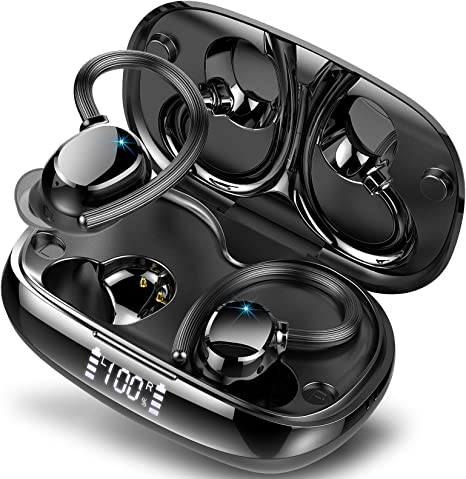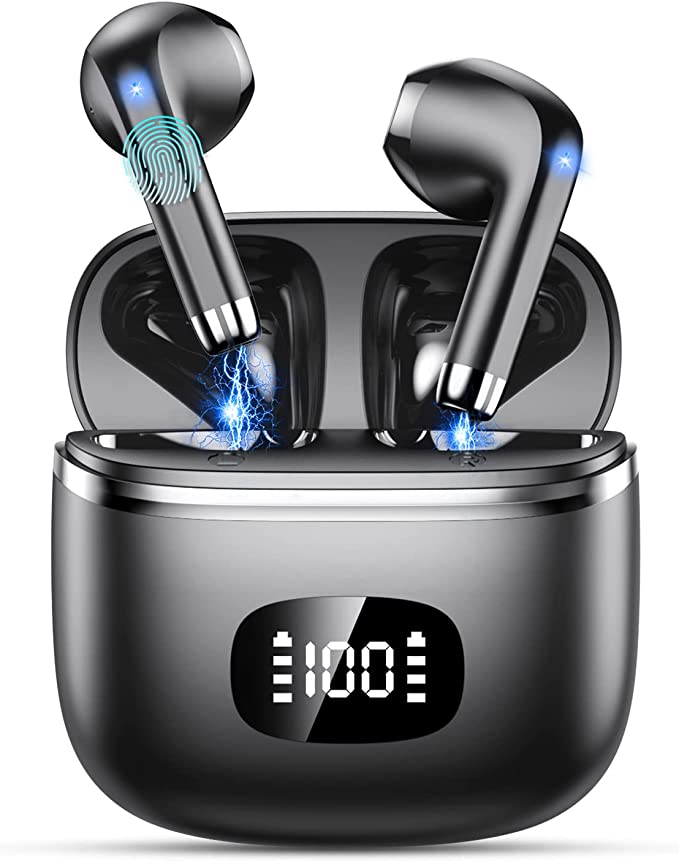The Physics of Autonomy: Deconstructing the 9L Capacity of the Akeshan ZG-562
Update on Nov. 27, 2025, 7:44 p.m.
In the world of humidification, convenience is mathematically defined by the interval between refills. Small units require attention every 6 hours; they are needy pets. The Akeshan ZG-562 positions itself as a camel. With a massive 9-Liter (2.38 Gallon) tank, it promises up to 72 hours of autonomy.
But huge capacity introduces new variables: water stagnation, sensor placement, and mist dispersion physics. To understand if this tower is a marvel or a maintenance trap, we must look at the Fluid Dynamics of Large Tanks and the Thermodynamics of Room Saturation.

The Calculus of Runtime: 72 Hours vs. Physics
Marketing claims “72 hours,” but let’s do the math.
The unit’s max output is 350 ml/hour.
* High Setting: $9,000 \text{ ml} / 350 \text{ ml/h} \approx 25.7 \text{ hours}$.
* Low Setting: To reach 72 hours, the output must drop to $\approx 125 \text{ ml/h}$.
The Verdict: While 72 hours is theoretically possible on low, the true value of this machine is that it can run on Maximum Output for a full 24-hour cycle without refilling. For large rooms (500+ sq. ft.) battling dry winter air, this high-output endurance is the critical metric, not the low-speed stamina.
The Sensor Paradox: Why “External” Matters
A common flaw in integrated humidifiers is the Feedback Loop Error. The sensor sits on the machine, reading the humidity of the mist it just produced (often 90%+), while the far corner of the room remains dry (30%).
The ZG-562 employs an External Humidity Sensor on a cord.
* The Physics: By physically separating the sensor from the mist column, it avoids the “micro-climate” immediately surrounding the unit.
* User Protocol: For accurate Constant Humidity mode, the sensor must be extended fully away from the nozzle. If it dangles in the mist path, the machine will short-cycle (turn on/off rapidly), failing to humidify the room.

The Biology of Stagnation: A 9L Petri Dish?
Large capacity comes with a biological risk: Biofilm.
Water sitting for 3 days at room temperature is a breeding ground for bacteria. The ZG-562 is an ultrasonic unit, meaning it aerosolizes whatever is in the tank—including microbes—into breathable particles.
* Maintenance Discipline: The “Top Fill” design makes refilling easy, but it can encourage “topping off” instead of “emptying and cleaning.” Users must resist this. The tank should be fully emptied and dried at least weekly to prevent the “pink slime” (Serratia marcescens) buildup common in large reservoirs.

Dispersion Geometry: The Tower Advantage
Why is it 23 inches tall? * Evaporation Time: Mist droplets need hang-time to evaporate before hitting the floor. Low-profile units often wet the carpet. The ZG-562’s height launches mist higher into the thermal column of the room, allowing for better phase change (liquid to vapor) before gravity pulls droplets down. * 360° Nozzle: The rotating nozzle allows users to direct this high-altitude plume away from walls or electronics, utilizing the room’s natural convection currents for distribution.

Conclusion: The Marathon Runner
The Akeshan ZG-562 is designed for Volume. It solves the “refill fatigue” that plagues owners of small humidifiers. However, it demands a disciplined owner. It is a powerful tool for stabilizing the humidity of large spaces, provided you respect the physics of sensor placement and the biology of water storage. It is not just a bucket of water; it is a controlled atmospheric system.
















